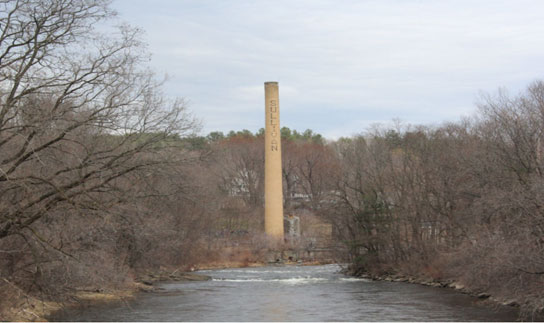Manufacturing History

University of New Hampshire Cooperative Extension
Another significant manufacturing sector in the Sugar River Region was the tanning industry. The region had ample supplies of hemlock bark, which was used in the tanning process. Tanneries proliferated throughout the region, processing the bark in an acidic tanning liquid. The leather industry thrived until the early 20th century when changes in fashion and the decline of the tanning industry nationwide led to its decline in the Sugar River Region.
In addition to tanning, the region was known for its production of bluestone. Bluestone quarries were abundant and the region became a leading producer of this durable stone. Bluestone was used for various purposes, including building construction, sidewalks, and paving.
However, like in many other areas of the nation, the manufacturing sector in the Sugar River Region experienced a decline in the late 20th century. Factors such as globalization, outsourcing, and changes in market demands led to the closure of many facilities. While manufacturing has diminished, its historical significance has left an indelible mark on the region’s heritage. In recent years, the region has taken its creative and maker’s heritage pride and focused it on diversifying its economy through tourism, recreation, and the arts.